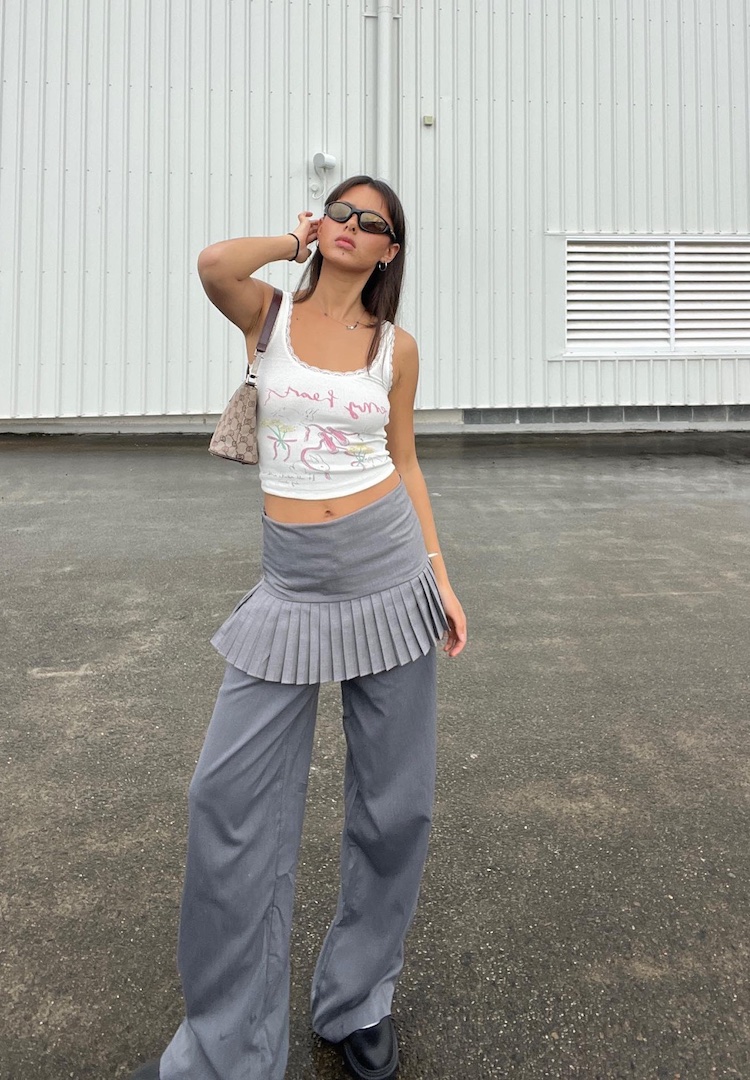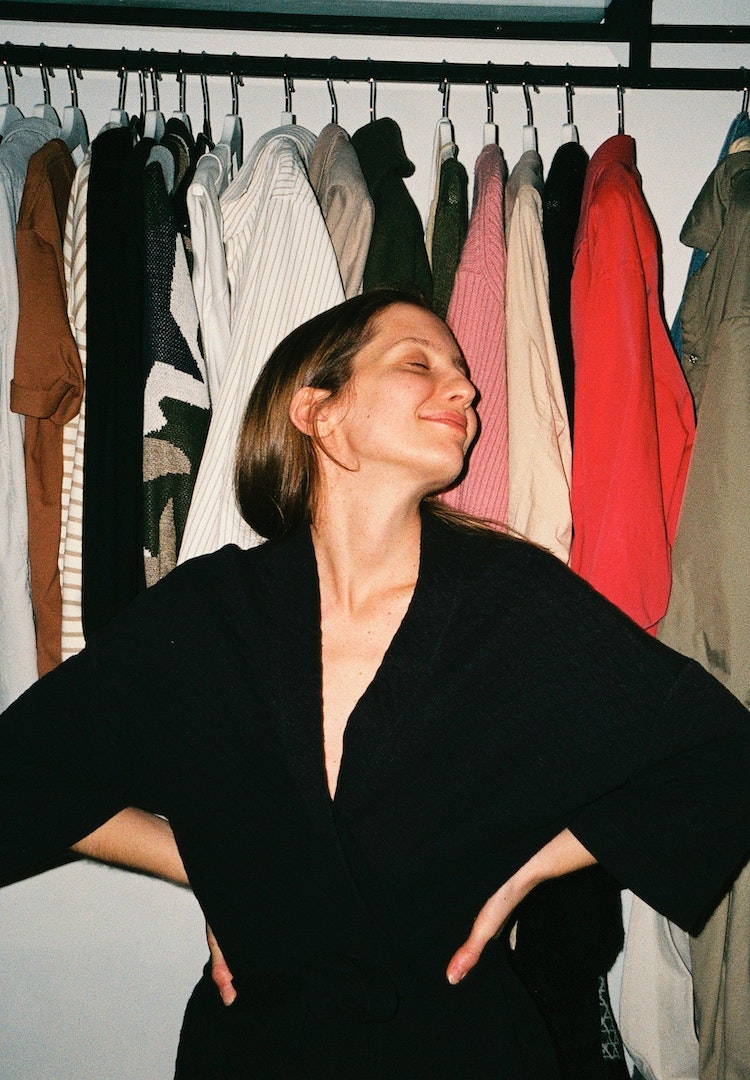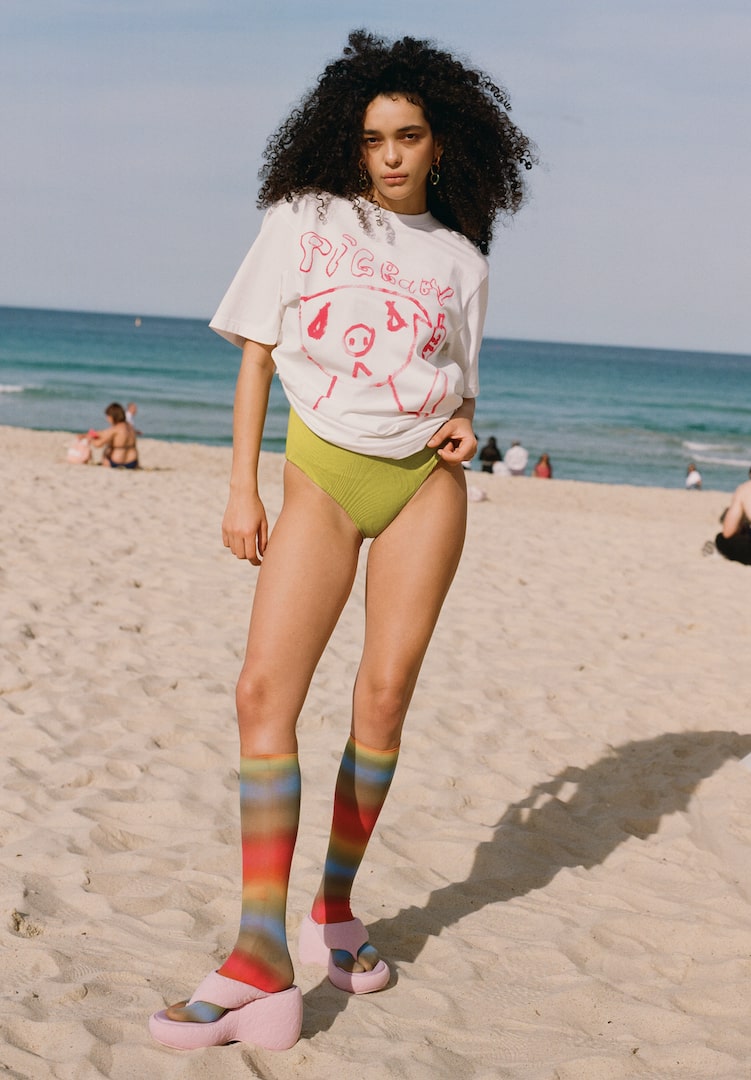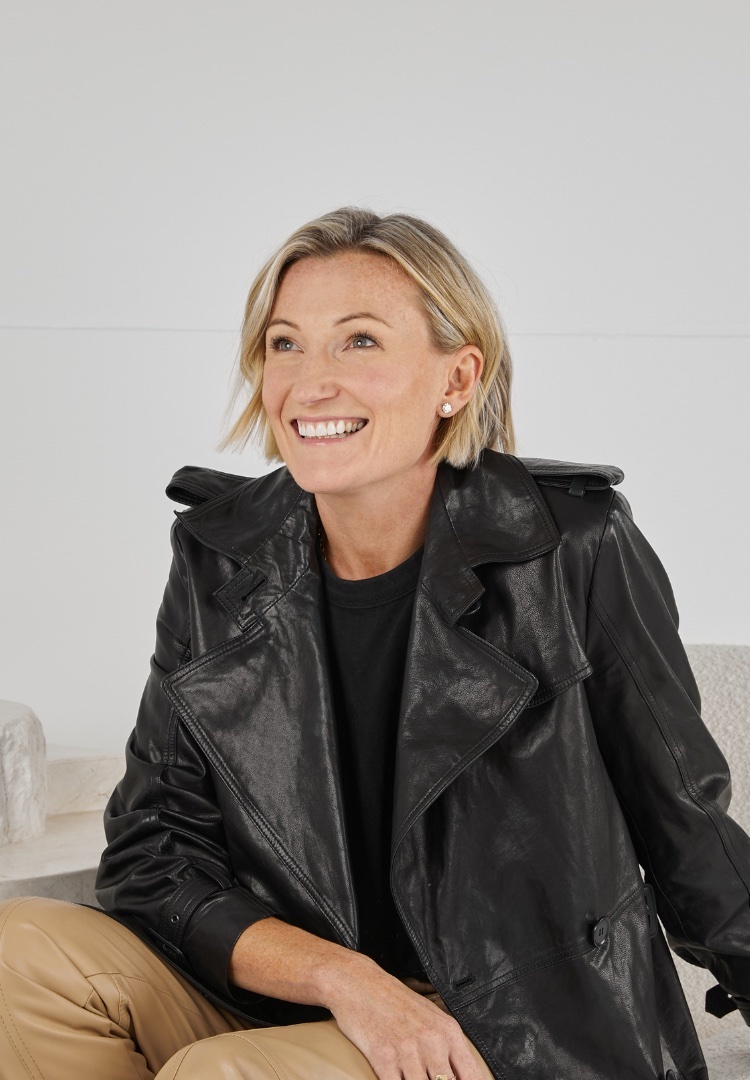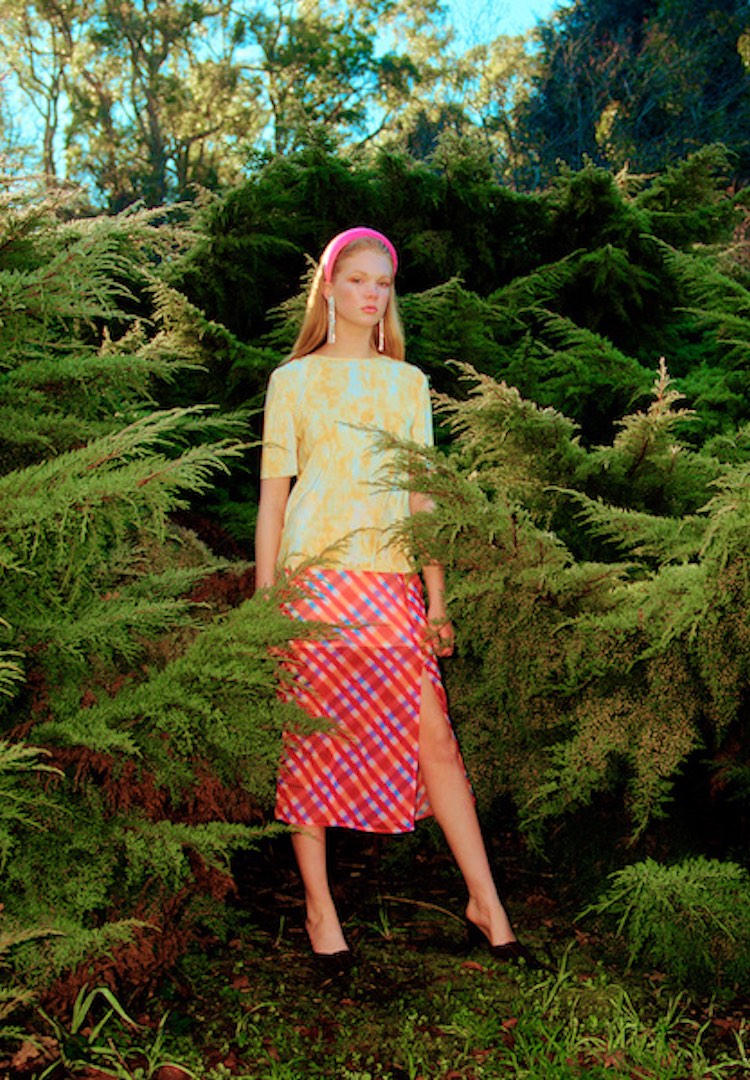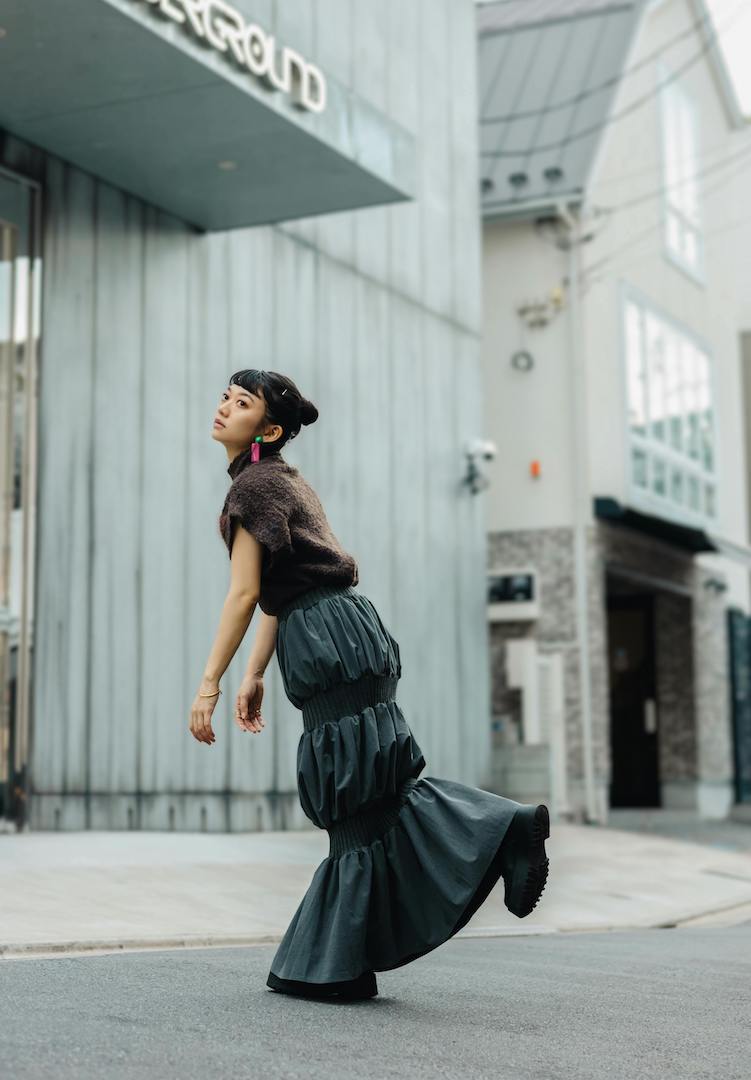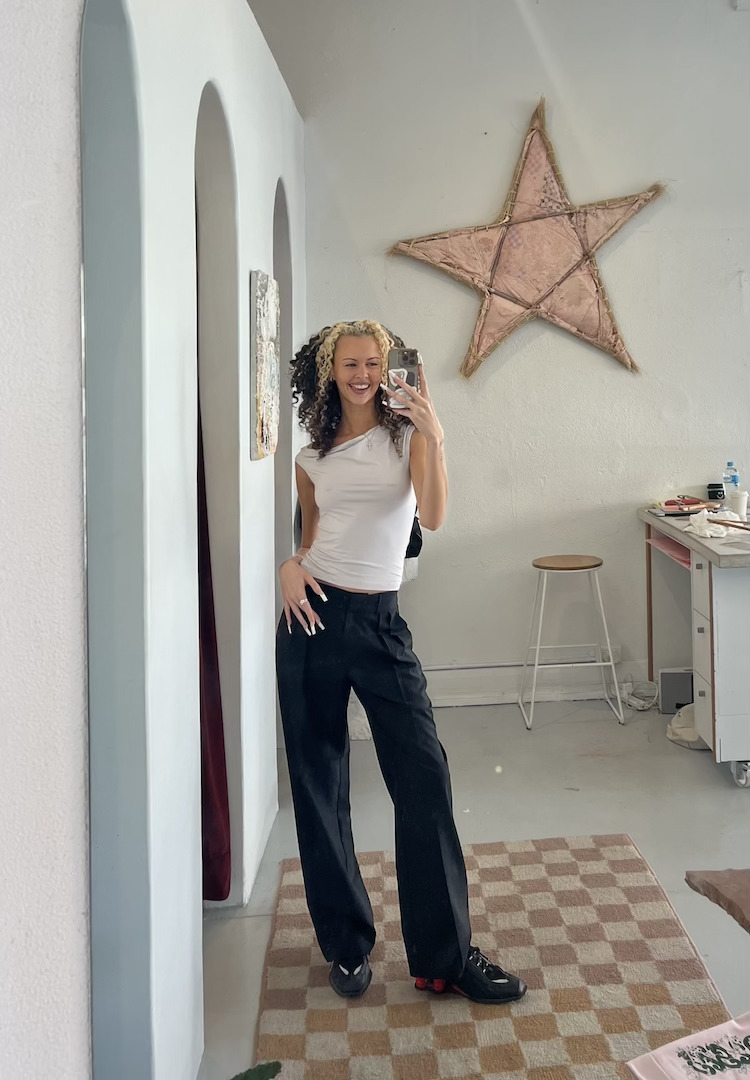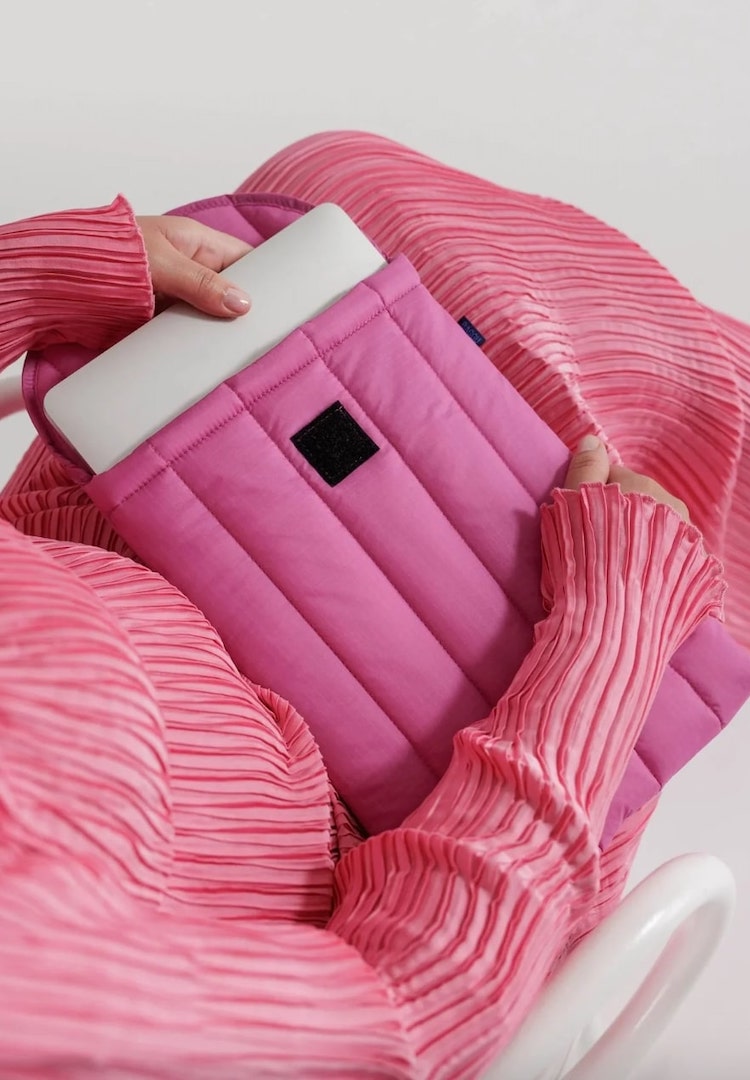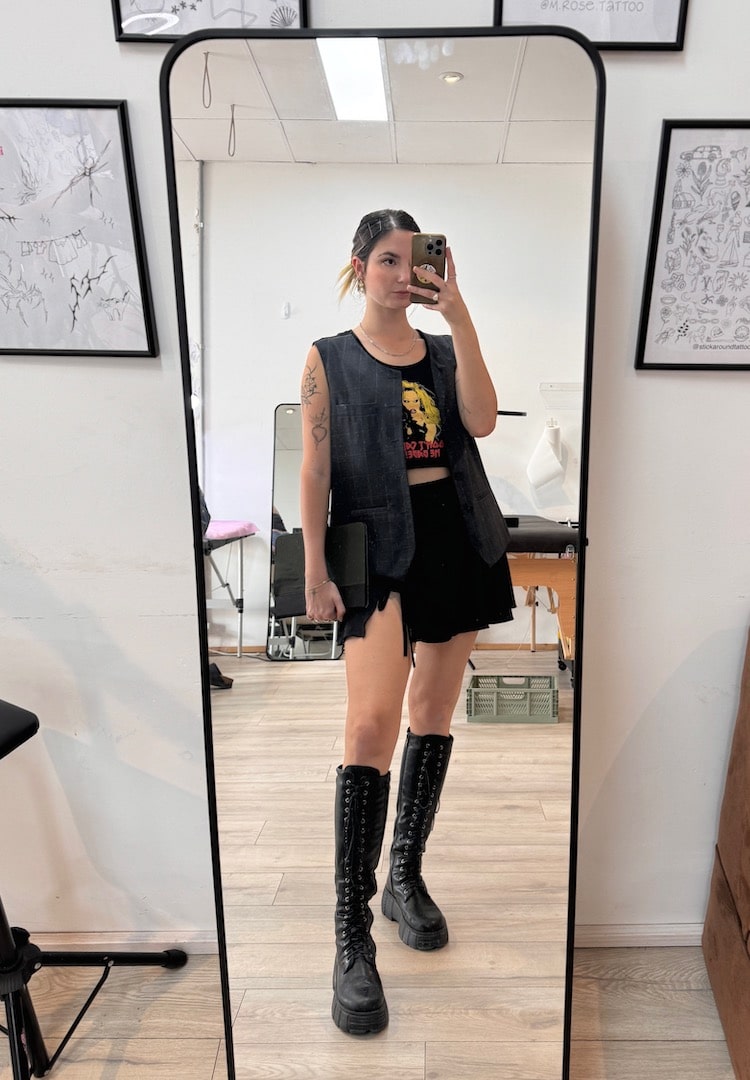13 FJ readers share how they cut back on buying new clothes
WORDS BY KATE STREADER
“I was looking through my wardrobe one day and thinking, ‘How did I end up with all this crap?’”
There’s no denying the dopamine hit that comes with buying a new item of clothing as you picture all the fun things you’ll do in your new outfit, how great you’ll look and how confident you’ll feel. But the more we learn about the impact the fashion industry has on the environment, the more that warm, fuzzy feeling is shadowed by guilt. Especially if those new purchases are a common occurrence.
We’re seeing a slow shift in the fashion industry in which both brands and consumers are changing their behaviour to lessen the impact on the planet. Rather than impulse buying, getting sucked into each new trend and seeking a new outfit for every event, many of us are making more conscious decisions about what we buy.
For more fashion news, shoots and features, head to our Fashion section.
We were curious to hear from our readers to find out how they’ve gone about adjusting their shopping habits, what prompted them to cut back on how many items of clothing they buy and what they’ve learnt in the process. Here’s what they had to say.
Jill*
I make a conscious effort to only shop at op shops when I want/need something for my wardrobe. I’m also working on changing my mindset so I don’t feel like I need a new item for every event.
I have found my personal style by buying secondhand. I never really knew how I wanted to dress when I bought new clothes and mainly went for black items. Buying secondhand clothing has allowed me to be more creative with colours, textures and styles I wouldn’t have tried previously.
Dylan*
I’ve cut back on buying new clothes by curating a minimalist wardrobe of quality pieces I can mix and match. The key is to find transseasonal items like a blazer, trench coat and a good pair of jeans – it’s worth paying a higher cost for longevity and because I’m only buying clothes when it’s essential.
Having studied fashion and textiles, I was exposed to the detrimental impact fast fashion is having on the environment. I have a better general awareness and understanding of brands that are implementing positive sustainable changes and practices, and identifying the ones that greenwash.
It is intriguing to see the topic of sustainability in fashion emerge, especially within Australia, and how brands are starting to implement change. Yet the mass market of consumers still lack a general understanding and awareness of what sustainability actually is and what role they play through their purchasing decisions and habits.
Charlie*
Walking away from my online shopping cart has helped me change my buying habits. Actually physically getting up and going elsewhere. The longer I stay away, the more effective, but even if I go away from my screen for 20 minutes I’d say about 9/10 times I don’t end up buying. I used to be so trigger-happy, so this is a game-changer for me!
Since living in Melbourne, I’ve fallen back in love with making time to shop properly in person – locating vintage or just well-made clothes. I would rather save my money for a few beautiful pieces than impulse-buy something online that I’m not even sure I’ll love in person.
Billie*
Garment end-of-life is important to me and after checking the ethical certifications of a piece, I check the materials list. If it’s not made of a quality compostable material, I don’t buy it. This means vetoing many of the brands and looks that I otherwise love, and paying more for pieces designed with end-of-life in mind. I do make exceptions for underwear, socks and swimwear, but always look for quality pieces made with recycled nylon.
A few years ago I was challenged by the zero-waste movement to cut down on rubbish. I now compost or recycle almost everything. Unfortunately, one thing that fills up our bin quickly is those cheap cotton/elastane blends that wear out quickly. Op shops don’t want them and they can’t be composted. Our council isn’t on board with fabric recycling, so this stuff has to go to landfill.
We have so much information now about textile waste and I’m trying my best not to contribute to the problem. Shopping sustainably also takes away some of the decision fatigue from shopping. I have a few reliable brands I go back to for staples and shop secondhand for anything fun and frivolous.
I’m 35 and remember a time when op shops were brimming with well-made pieces that initially cost a lot in their day. I think we can all agree that those quality pieces are becoming scarce now. If top-tier consumers like me start buying less, but better, then maybe we can give a leg-up to future generations of secondhand shoppers and break the fast fashion cycle.
Jamie*
Ethically Kate started a challenge called Wardrobe Freeze and I thought it seemed like a good challenge. So much of fashion’s problems lie in excess consumption. I asked myself, was I just contributing to it?
I think there’s a certain level of privilege that comes with doing this type of challenge. You need to have a wardrobe that will last a year, be a stable body size and have the time to carry out repairs and care that can be necessary with more frequent wear. Some things I haven’t been able to wear as I’ve gained a few COVID kilos, so it’s limited some options. It has been good in that it’s made me wear different things, but I’m lucky I had those choices and had items with a more flexible fit. Not everyone would.
Allira*
I simply wanted to buy better quality, locally-designed and made clothes, or pieces I know I would keep forever. That desire and the brands I gravitate towards are waaaay out of my budget, so I buy almost no clothes. A few exceptional items per year is all I can afford, and I am happy with that.
I decided to change my buying habits after perpetually having to repurchase items because they would fall apart or fade from wear. It was an awful waste. Working in architecture I appreciate all forms of design and the care that goes into it. Considered design is not only unique, but it lasts.
My mother has kept most of her clothes from when she was a teenager, and slowly collected pieces over the years. I have seen them come in and out of fashion in cycles. I love the idea of growing old and having a collection of memories of events and times of life and being able to relive it. All because they were made to last.
Charlotte*
I have avoided buying into trends. Obviously it’s hard because I see them around and want to be part of the fun, but when things are hyper trendy – see: low-rise nylon parachute pants – I know it won’t be long before I don’t want to wear them because everyone has them or they’ve gone out of style.
There are, of course, exceptions. If I think it will genuinely last or I don’t care if everyone’s wearing it, I will invest – Djerf Avenue suit pants, for example – but I try to do an internal test of, ‘do I like this and would wear it?’ Or, ‘do I like how it looks on influencers and want to be up to the minute?’
I was looking through my wardrobe one day and thinking, ‘How did I end up with all this crap?’ Most of it I wouldn’t wear anymore. Buying from op shops is one of the most sustainable ways to shop but the trap is buying things just because they’re cheap.
Too often I see something and buy it just because it’s $8 and think, ‘one day I might go to a hyper-niche-themed event and might need it’. I’ve become a lot stricter about buying with a purpose. Those $8 op shop purchases really do add up and I would rather buy a nice bottle of wine and make a memory.
Leni*
I’ve mostly cut back on buying brand-new by op shopping and buying from Depop. My Dad has always had a passion for mid-century furniture, so growing up we went to the op shops regularly. Finding the ‘right’ pieces takes a lot of patience and effort, but thankfully I love the scavenging process, even if I walk out empty-handed.
Depop is useful for buying more specific/modern items, so if I’m looking for something in particular I’ll go there. I only buy a handful of new items a year now.
I changed my buying habits because of environmental and ethical concerns, but money was also a factor. As a full-time uni student I don’t work many hours (and am paid scraps for the hours I do), so buying secondhand feels like a win/win for the world and my wallet.
Bobby*
I look in my wardrobe first and then search secondhand stores ahead of buying brand new. I also have a spreadsheet where I put things I like and it has to be on there for a while before I purchase it. If I still want it in three months’ time, then there’s a higher chance I’ll buy it. I don’t always. Items have lived on there for years.
About three years ago, I didn’t buy anything new for six months and I have just kept up the habit. I’ve found I feel guilty when I buy things brand-new.
Corin*
I’ve cut back on buying brand-new by shopping secondhand, or from independent Australian designers. I travel a lot for work and am constantly living out of suitcases for six to 24 months at a time. So I’ve had to minimise my wardrobe and be really selective about what pieces get to join me on my travels.
Lucy*
Travelling around Europe for a month with a reduced capsule wardrobe really opened my eyes to the numerous ways of styling and restyling pieces. I think having access to a limited selection of my clothes made me more creative and inventive with how I was wearing clothes. It showed me I don’t need dozens and dozens of items to have fun with fashion!
Laine*
I cut back on buying new clothes by adopting a more mindful approach to shopping and fashion culture. I always step back and ask myself if I really need something or if I could just find something that’s already in my own wardrobe. I also try to actively avoid stores, in-person and online. If I feel the need to buy new clothing I make sure to check out consignment stores and op shops first.
The environmental and ethical impacts of the fashion industry, and the fact that my consumption was playing a role in those things, have had a huge effect on my shopping habits.
I love fashion and, for a while, I was buying from brands that align with my values, though this meant new clothing was a high cost in my budget and saving money is a priority for me right now. In 2022, my lifestyle has changed to fully working and studying from home, so I felt my current wardrobe was plenty for my needs.
Max*
A combination of things contributed to me cutting back on buying clothes – lack of wardrobe space, budgeting to buy a new home, guilt about the impact on the environment and perpetuating the problem, but the thing that really got me was the story on the ABC called Dead White Man’s Clothes. I cannot unsee those clothing tentacles strangling the beaches of Ghana.
I still love to express myself through fashion, so I am trying to stay away from fast fashion and instead invest, less frequently, in long-lasting quality pieces preferably by smaller labels – Australian, where possible.
*Names have been changed.
This article was originally published on August 10, 2022.
Read more about the impacts of fast fashion here.

